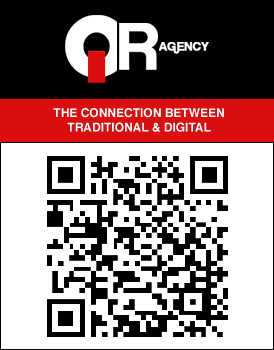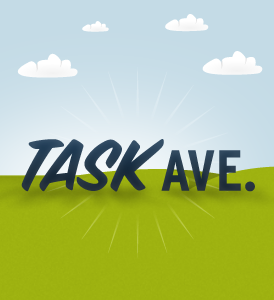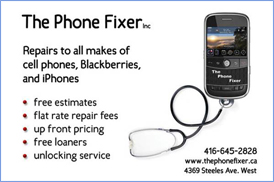Review: Honda’s take on in-car Bluetooth
In the last year I’ve had the chance to drive some pretty exceptional cars. What started with Ford, has snowballed into some great relationships and even better experiences. Having just finished reviewing the Acura line-up of cars, it seemed only suiting that I also take a stab at Acura’s parent company Honda and drive their line-up of cars as well. Starting with the Honda CR-Z Hybrid, then moving over to the Fit, Civic SI, Accord HFP, Accord CrossTour, and of course Ridgeline pickup truck; Honda is proving that like a fine Scotch, their products get better over time.
Instead of writing about each car individually, I’ve chosen to keep your attention by focusing on one car only and writing about my experiences with it - along with all the good and bad. The car of course, being none other than the notorious 2012 Honda Accord HFP.
Read on to find out why I will remain a Honda loyalist to the end.
11 years ago a love affair began: I got my first car, a 1989, 4-door Honda Accord EX; fully loaded with power windows, doors, flip-up headlights, A/C and a tape deck - I was sitting on cloud 9. I used to use a tape adapter plugged into my discman to play my CD’s out of my stereo, hoping that the anti-skip protection would be good enough to play a song beginning to end without interruptions. Back then, Bluetooth was just beginning to trickle into the mainstream; only the newer more ‘executive’ phones had the feature and to own a Bluetooth headset was a luxury. Cars were far from having it as a standard feature.
Alas, that was 11 years ago; times were also simpler.
Fast forward to 2012 and Honda has evolved ten-fold. My beloved Honda Accord isn’t the same as it used to be: tape decks have been replaced by CD’s, which have subsequently been replaced by AUX inputs for iPods or Satellite radio for those who like someone else being their DJ from time to time, and of course the Bluetooth for A2DP connectivity (or, you know, talking).
Right, about Honda’s Bluetooth integration. Let’s talk about the good and bad associated with it.
The Good.
The call quality, as with all the Acura’s I drove, was fantastic, no lie. Many-a-time I would have callers on the other end asking where I was because it sounded like I was in my office, when really I was actively in commute. It paired, connected and worked; even the A2DP connection was solid. I was able to walk out of my car mid-song, walk around, and not experience much - if any - distortion. But, with good always comes..
The Bad.
To be perfectly honest, it took me a long time to figure out how to use the Bluetooth system; this isn’t a good thing. For someone who is generally showing people how to connect and go, if I find myself having an issue with connection, I can only imagine how hard other less-savvy people may have it. Other than taking a while to connect, the system had a very tough time re-connecting to my device(s) when I would get back in the car after an outing. Often I would see a “no device found” prompt on the touchscreen at the center of the console. While the aforementioned issues may not seem like such a big deal to most, to me, simple is key - especially in an extremely competitive market that is the automotive industry.
Overall.
Honda makes good cars, it’s a known fact. And regardless of if I have a bias towards the brand because I drive a Honda myself, they’re notorious for quality. So one can expect the same greatness from the Bluetooth as they would from the engine, body, and overall design.
To learn more about the Honda line-up, check out their website here
-
Pozi240
FEATURED STORIES:
- Motorola RAZR Review: Is this the Android smartphone for you right now?
- Review: Honda’s take on in-car Bluetooth
- Contest: Win 1 of 2 pairs of AGloves - The best Touchscreen winter gloves for your iPhone, tablet and more
- Ushering in 2012, Mike and Jim are out; Thorsten Heins becomes new President and CEO of RIM
- Review: Sena “Ultra-Slim” case for the BlackBerry 9790










